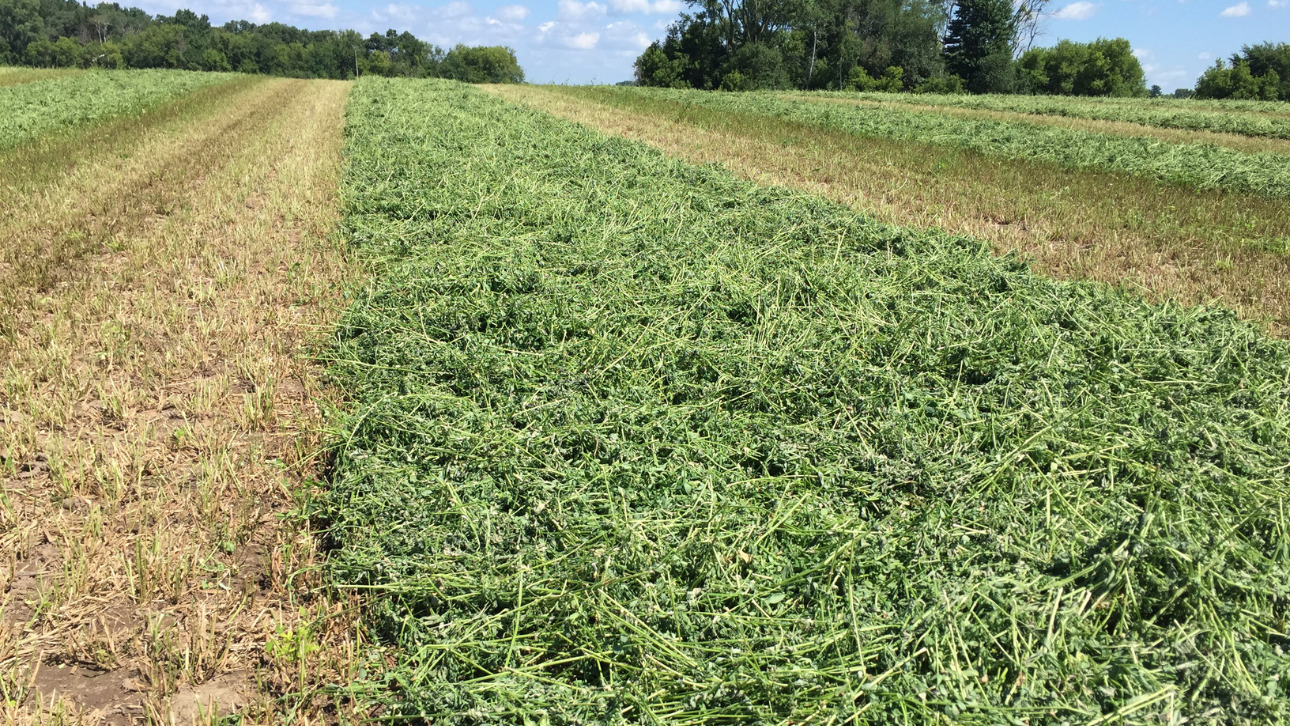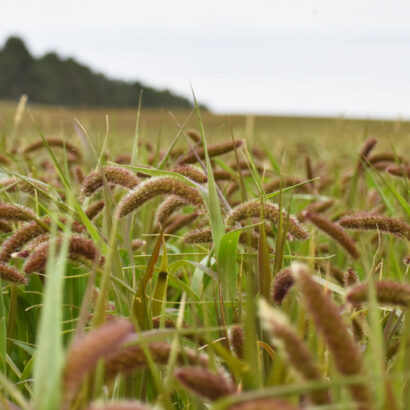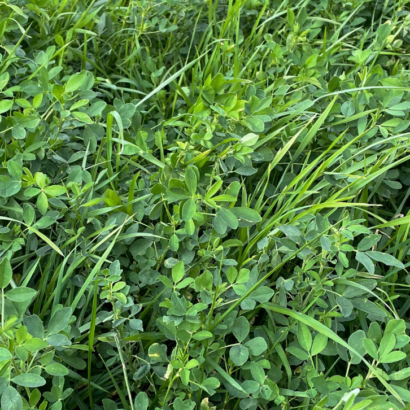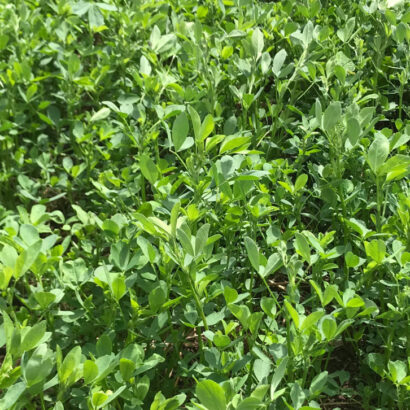As cattle producers, we are innovators and forward thinkers when it comes to genetic improvements. Technologies such as embryo transfer, artificial insemination, and genomic testing have been adapted to progress selected genetics in our herds. We are also quick to buy herd sires that are out of the hottest bull in the semen catalog and study EPD profiles for hours when making purchases. When it comes to livestock, we believe that forward progress happens through genetic selection, but do we believe that when it comes to Alfalfa?
In 1953, vernal alfalfa was released by the University of Wisconsin. It is a winter hardy variety that, when compared to many new varieties, has below average yield and below average quality. Yet, vernal is still extremely popular and requests for vernal rival those for our improved varieties. To put this in perspective, in 1953 the champion Angus Bull was sired by O Bardoliermere at the Chicago Livestock Exposition. I’m certain O Bardoliermere was a heck of a bull for his time, but cattle breeders aren’t searching for his semen to use today.
So, why would you invest in a newer alfalfa variety when the one your grandpa used does just fine? Vernal, along with other older (yet popular) varieties such as Wrangler and Ladak, all have a fall dormancy score of 2.0. Fall dormancy is a measurement how much growth the plant exhibits late in the year. Ratings range from one to 11, with one being the most dormant, or showing the least amount of growth, at the end of the growing season. In the Midwest, we’ve improved winter hardiness of varieties and can now grow alfalfas with fall dormancy scores of four to five, rather than two. This advancement proves to increase yield on those fields. If you were selecting a bull to increase your weaning weights, you wouldn’t find one with a below average WW EPD. In the same respect, you shouldn’t select an alfalfa variety with a low fall dormancy score if you want to increase yield.
A big challenge for believing in genetic improvement of any type of forage is because we rarely measure forage performance. We always sell calves by the pound or corn by the bushel, but when we keep and feed our hay, our measurements are very general. A common term for measurement on farms is “about X number of bales from those acres.” That is a wide weight range and rarely has an impact on how confident you were on the variety’s performance.
I did some research reviewing the University of Nebraska – Lincoln and University of Wisconsin alfalfa trials. On average, top varieties outperformed others by 2.5 tons/acre. In the life of the field, that will produce 12.5 tons/acre more. At $200/ton for hay, the gross value is $2,500/acre more – an amount that can’t, and shouldn’t, be ignored. Since it is field planning time, plan on investing in improved genetics for your new alfalfa field. The breeding advancements for yield, quality, and disease resistance will boost the production and value of your alfalfa – just like you advance the quality of your herd.




Discussion
0 Comments